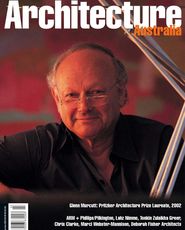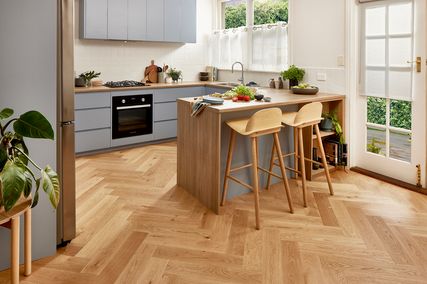Correction and Apology to Barry Patten
In the January/February 2002 issue (pp. 32- 37), Architecture Australia published an article on the Sidney Myer Music Bowl which referred to Mr Barry Patten.
The article implied, unintentionally, that Barry Patten’s design of the Sidney Myer Music Bowl was not an original design but a copy of an architectural design belonging to Frei Otto in Vienna.
The article referred to a meeting of the architects involved in the design of the Sidney Myer Music Bowl in October 1956, and quoted a statement attributed to Mr Romberg, that Mr Patten’s design of the Sidney Myer Music Bowl was a “virtual replica of something Frei Otto and some Austrian architect had done in Vienna a short while ago”.
Architecture Australia accepts without reservation that the design of the Sidney Myer Music Bowl by Barry Patten, with Angel Dimitroff, was an original design and that the design and construction contract for the Sidney Myer Music Bowl was awarded to Yuncken Freeman on merit.
Architecture Australia also accepts Mr Patten’s assertion that Mr Romberg did not attend the design meeting for the Sidney Myer Music Bowl referred to in the article.
In the circumstances Architecture Australia apologises unreservedly to Barry Patten for any hurt and embarrassment caused to him, and any damage caused to his good reputation as an architect as a result of the publication.
Fixes
• The review of the Green Square Town Centre competition by Michael Ostwald (AA March/April 2002) incorrectly named the winning team. The correct name is Turner_Arets_Mcgregor_Holos. This reflects the fact that four practices were involved in the project: Turner + Associates Architects, Prof IR Wiel Arets Architect + Associates BV, McGregor + Partners and Holos Consulting.
• Martin Butterworth, of Space Syntax, has advised us that our information regarding the Gosnells City crime research (Radar Headlines AA Jan/Feb 2002) was incorrect.
The research was in fact commissioned by Gosnells City Council from Space Syntax in London. The Australian Institute of Criminology was not party to the study. The description of the research outcomes was also incorrect. Butterworth says that the complex research findings, delivered in the report The Crime and Urban Design Database, “directly challenge the well-held planning principle that requires the separation of thoroughfare movement from local movement to provide safe residential communities.” This has significant consequences as “Australian planning produces housing developments with overly complex, inaccessible street layouts”.
Contrary to these practices, Space Syntax argue that “generally accessible, wellstructured, simply laid out urban street systems not only improve urban safety, but also generate greater economic vitality and stronger social cohesion”.















